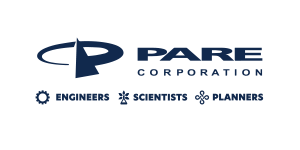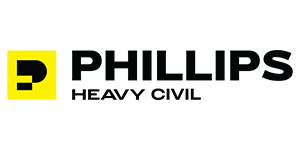Resource
The Rehabilitation of Baldhill Dam: Twice the Spillway at Half the Cost
The 1944 Flood Control Act authorized the U.S. Army Corps of Engineers' Baldhill Dam Project on the Cheyenne River in North Dakota 9 miles upstream of the town of Valley City (Plate 1). The dam was completed in 1950 and consists of a homogeneous rolled earthfill embankment approximately 1,650 feet long with an average height from toe to crest of approximately 41 feet (Plate 2). Maximum embankment height is 61 feet at the old Cheyenne River channel. The spillway is located on the right (west) abutment of the embankment and consists of a reinforced concrete structure with a gated ogee crest and chute terminating in a conventional, trapezoidal stilling basin. Reservoir pool levels are regulated by three 40-foot-wide by 15-foot-high tainter gates. Two 3-foot-diameter culverts in the tainter gate piers are used for low-flow control. The project impounds a reservoir 27 miles long with capacity of 68,600 acre-feet at normal pool elevation (1266). The existing spillway is capable of discharging 61,500 cfs with the pool surcharged to the top of the dam. There is a U.S. Fish and Wildlife Service fish rearing facility in the area immediately downstream of the dam that utilizes water withdrawn directly from the reservoir. A heavily used public recreation area and beach is located on the left (east) bank of the reservoir immediately upstream of the dam. The primary purposes of the project are water supply and municipal pollution abatement with a minimal annual late winter drawdown for flood control. The structure is classified in the high hazard potential category.
































